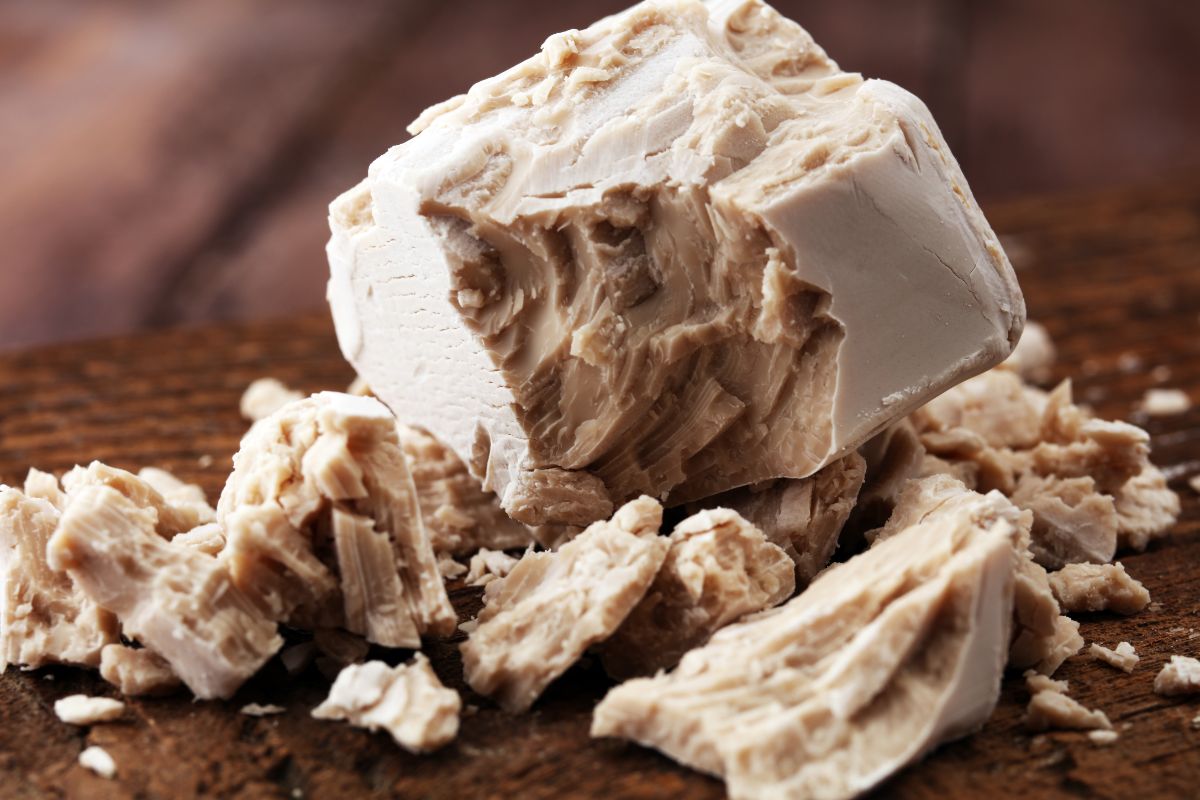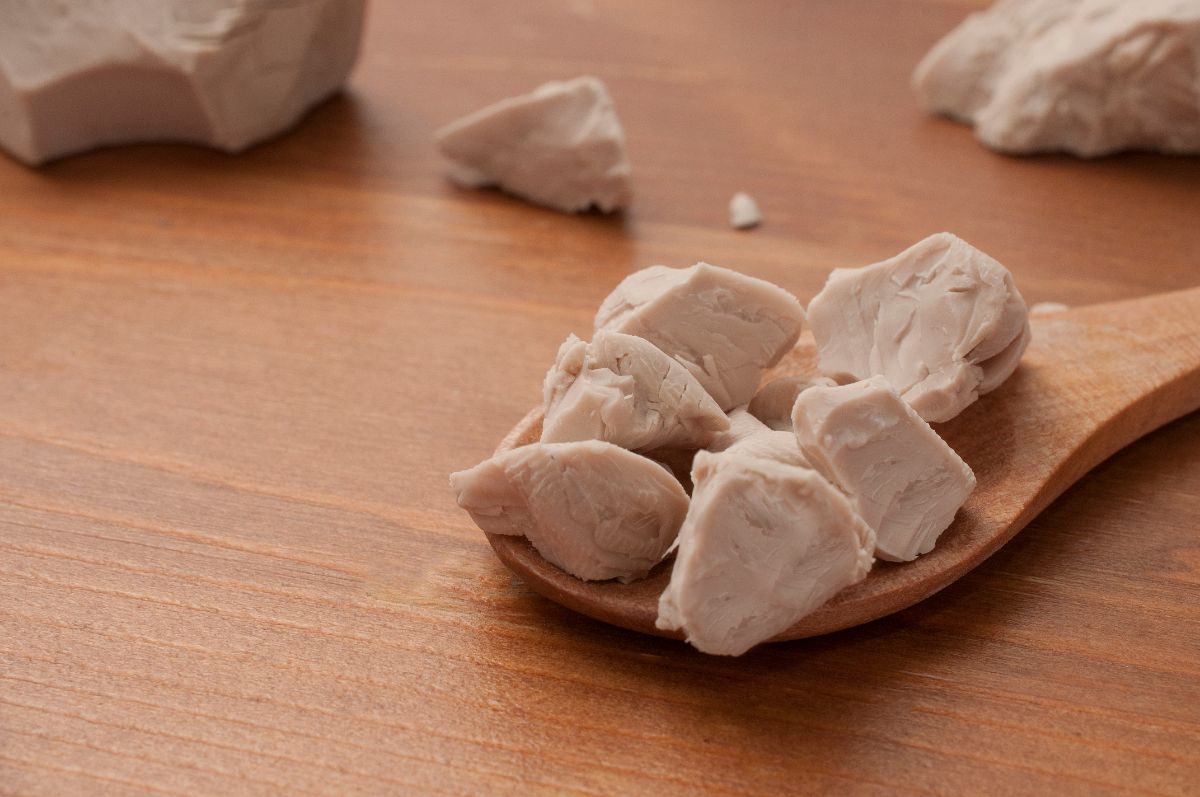How do I know if I killed my yeast? The most obvious situation is when the bread won’t rise, though this isn’t a guarantee because there are other reasons the bread may not rise. What kills yeast?

Temperature to kill yeast
Yeast will always be killed at 140 degrees Fahrenheit or 60 degrees Celsius. This is called the thermal death point of yeast. It will start to die at 130 degrees Fahrenheit or 50 degrees Celsius. However, even temperatures of 120 degrees Fahrenheit will start to kill the yeast. This is why recipes call for you to proof the yeast by mixing it with modestly hot water before you mix it with the flour.
Is this true of all forms of yeast?
There are about fifteen hundred species of yeast that we know of. However, most bakers are using saccharomyces cerevisiae to make bread rise. The various forms of yeast we typically use to make bread only differ in moisture content, not species.
This means that the thermal death point we give for yeast is true in all cases. You’ll just get different advice on what temperature of water to use when mixing yeast to rehydrate it.
Each type of yeast does vary in the point where it starts to die off. The temperature at which yeast starts to die off does vary by type of yeast. For cake yeast, that’s 100 degrees Fahrenheit. For active dry yeast, it is 120 degrees Fahrenheit.
In instant yeast, it will remain strong until 130 degrees Fahrenheit. Yet all yeast will die at 138 degrees Fahrenheit.
How does the death point of yeast relate to the temperature of baked bread?
Fully baked bread should have an internal temperature of 100 degrees Celsius or 212 degrees Fahrenheit. That’s the point that is certain to kill any bacteria from the eggs that may be inside the mix.
However, bread is baked at a much higher temperature than this. When you take the bread out of the oven, the surface of the loaf is typically between 150 and 200 degrees Celsius or 300 and 400 degrees Fahrenheit.
At what temperature does yeast activate?
When you mix dry yeast with water and sugar, the water should be between 100 and 115 degrees Fahrenheit or 40 to 46 degrees Celsius. The water will start to activate at 120 to 130 degrees Fahrenheit or 50 to 55 degrees Celsius.
This is why you want precise control of the baking oven temperature. The death point of the yeast is only a few degrees higher than the point at which it turns to sugar in the bread dough into a fluffy loaf.
Why did my yeast die if I didn’t overheat it?

Having the water mixed into the yeast too hot can kill it, but that’s not the only way people kill yeast while baking bread. Another mistake is adding salt to the yeast and water.
The salt will poison the yeast. You should mix the salt with the flour, then combine with the yeast and water. That prevents the yeast from coming into direct contact with the salt. The solution is not to add the salt too soon.
Another mistake is adding sugar substitutes. We’ll say that honey is fine. However, sugar-free artificial sweeteners are not. The yeast needs sugar as food to create that fluffy loaf you want. Add too much aspartame, Splenda, or other calorie-free sugar substitutes, and you’ll kill the yeast even if the water temperature is perfect.
The yeast will eventually be killed by the alcohol building up in the dough. The bread won’t rise enough though if you don’t stir it or punch it down enough to let the yeast finish its job before that happens.
Will freezing dough kill the yeast?
If the yeast was alive when you froze the bread dough, freezing it won’t kill the yeast.
However, if you already killed the yeast with incorrect handling, the yeast obviously can’t come back and do its work in the bread when you thaw it and bake it.
Can you store yeast in a refrigerator?
You can safely refrigerate yeast. Cake yeast can last about two weeks in the refrigerator. Active dry yeast doesn’t need to be refrigerated at all. It can be kept at room temperature for months, though it can be refrigerated, too.
It is rehydrated by adding warm water at about 100 to 105 degrees Fahrenheit plus some sugar to feed it. However, if you add water that is below 70 degrees Fahrenheit or 20 degrees Celsius, it may not activate at all. It will eventually rise once the dough sits at room temperature.
If the yeast foams, you’ll know that it is alive. It takes about ten minutes to do so. Then it will generate the same gases that make bread the light, airy pastry we love. Instant yeast doesn’t need warm water added to it. You can add it to the dry ingredients in your recipe.
Why didn’t my bread rise if the yeast is fine?
Yeast takes time to make the bread rise. If it is dead, you’ll obviously be left with leaven bread. Unfortunately, your bread won’t rise much if you don’t add enough yeast or fail to give it enough time to work.
Traditional bread recipes call for one to two hours of rising. You can even put the bread dough for several hours to rise when stored in a cool spot. That gives the bread more tang and less of the earthy flavor we associate with yeast.
If you don’t add enough water to the bread mix, the yeast lacks a key nutrient. Then the bread dough may not rise or won’t rise very much. In a worst-case scenario, you have crackers.
However, most bread recipes end up making the dough rise twice. It will rise once before the loaf is formed. You facilitate this by kneading the bread, refreshing the yeast’s environment, and spreading the yeast around.
Don’t knead it enough, and it won’t rise very much. It will rise against afterward, as well. That occurs just before you bake it. If you stick it in the oven too soon, it won’t have time to rise to create the fluffy loaf you expected.
